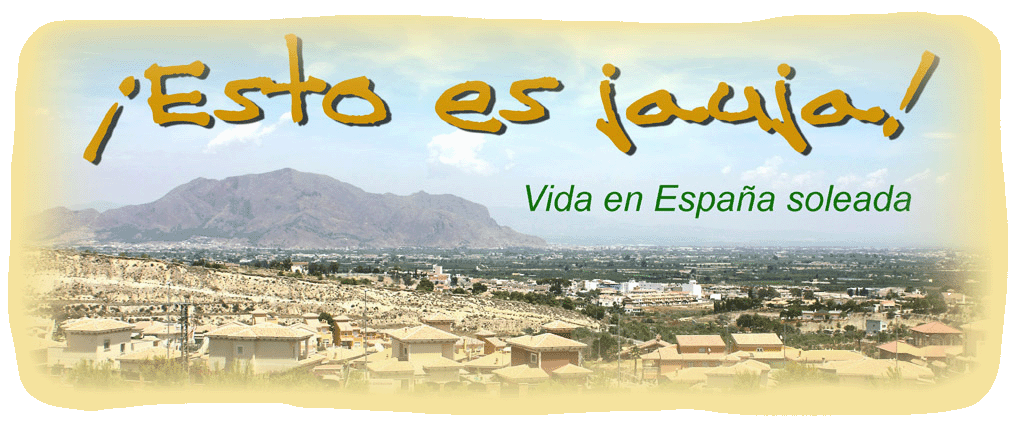 As in the last few years, the Commission for Fiestas has organised a “caliche” competition for this year.
As in the last few years, the Commission for Fiestas has organised a “caliche” competition for this year.
It all kicks off on the 22nd June at 11am with the final taking place on the 15th August. This year there will be an assortment of prizes including a first prize of two hams and a trophy.
What is caliche?
Look it up in your dictionary and you will find it is a kind of stone. That does not really help does it? You actually need to search locally because it is a game quite specific to this region of Spain.
Caliche is a game rather like skittles in Britain.
‘Rather’ as in very loosely indeed. It is played in a flat area that is 35m long and 6m wide. A wooden baton (called the caliche), 20cm long and 3cm diameter is placed 7m from the end of the field. A 2cm disk (moneda) is placed on top of the baton. The end of the field is blocked off with a stout table or similar, turned on its side to stop the moneo disks which you throw at the baton. The moneo are weighty metal disks of 8cm diameter (could be square, too) about 2mm thick.
The objective of the game is to throw the moneo at the caliche to knock the moneda off the caliche and make the moneda and moneo end up as close as possible to each other.
The game is usually played with two teams of two. Each game has 8 throws, 4 per team and 2 per player. For a throw to be considered valid, the moneda must end up closer to the moneo than the caliche. If the moneo ends up nearer the caliche than the moneda, the throw was invalid and is called a ‘ganga’.
A ganga throw can also be considered valid (made into a ganga válida) in the following way. You can throw another moneo down the field with a view to getting that one to land closer to the moneda than the caliche, or throwing another moneo in order to move the caliche so that the moneo you threw initially is now closer to the moneda than the caliche. If the player manages to achieve one of these ‘validation moves’, the throw is said to be arrimar or arrestar.
If, after throwing the second moneo after a ganga throw, you still don’t have a valid throw, there is one last option to validate your throw. The caliche and moneda get put back in their place in the centre line of the field and 7m from the end board. Once set up, the team that throws first has up to 4 opportunities to overturn the caliche and make a ganga. If so, the team that throws second will have to make a ganga válida to gain a point.
The teams take turns to play first. Typically a match comprises 12 or 20 rounds (manos). A point is gained by each the team winning the mano.
Crikey – that is more involved than I first thought and a lot more complicated than skittles. Sounds like this will be a hard fought competition with a lot of shouting and gesticulating going on. I am thinking this could be a good photo opportunity – there are bound to be some real characters taking part and watching.

No comments:
Post a Comment